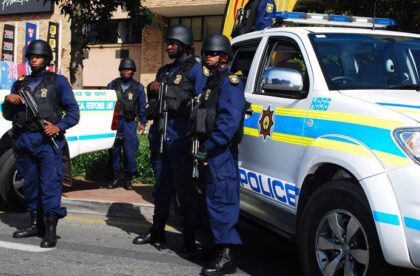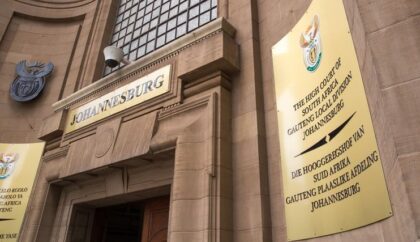The Rand Turns 60: Here Is Its History

Born on February 14, 1961, the rand was anything but a lovechild. Following decades of fighting the British, white Afrikaner nationalists voted in a referendum to form a republic, which happened in May 1961. The currency replaced the pound sterling to become the legal tender as a dual exchange system and a symbol of Afrikaner nationalism.
Racial segregation policies sparked boycotts and sanctions from the international community during the country’s first three decades, putting pressure on the economy and necessitating a level of control over both the financial and commercial rand. The financial variant acted as a shock absorber for the commercial rand and traded at a significant discount of between 15% and 55% over the 30 years the mechanism was in place.
Political change came when Nelson Mandela was released from prison in 1990 and led the African National Congress to victory in the country’s first democratic elections in 1994. This allowed South Africa to slowly integrate back into world financial systems. For a period of 11 months after the abolition of the dual exchange rate system on March 10, 1995, the unified rand was stable at around R3.60 per US dollar.
The currency, once a global pariah, now punches above its weight. The latest Bank of International Settlements (BIS) global foreign-exchange report, released in April 2019, placed the rand as the 18th most-traded currency in the world, up from 20th in 2016. Daily total turnover for the currency, including spot, forwards, swaps and options, was $72 billion.
Total rand demand rose more than 180% between April 2010 and 2019, according to the BIS report.
“The rise of the rand in the post-apartheid era has to do with the speculative frenzy in the emerging-markets sector driven by financial sectors in New York, London, Zurich, and Singapore,” said Liam Hunt, an analyst at GoldIRAGuide.com in New York.
The rand has suffered some wobbles. A currency crisis in 1996 stemmed partly from concern that the lifting of exchange controls would cause money to leave the country. And in 1998, a slide linked to the Asian debt crisis that battered emerging markets prompted a direct intervention from monetary authorities. When the currency was pummeled again in 2001 as concern about Argentina’s funding problems spread to emerging-market currencies, the South African Reserve Bank decided to stop intervening in the market.
In the latest blow, the Covid-19 pandemic contributed to the rand’s slide to a record R19.08 per dollar in April 2020.
“There are limited controls with free flow of capital as exchange controls only apply to South African residents,” said New-York based Julian Koski, chief investment officer at New Age Alpha.
“There is a very liquid spot market with a liquid and well-developed forward market.”
“The ease of trading the rand across the world’s time zones adds to its appeal,” said Charles Robertson, chief global economist at Renaissance Capital in London.
Calculations based on the results of the BIS survey showed daily trading was equivalent to 20% of South Africa’s gross domestic product, he said. “It’s disproportionately high in comparison to the size of the economy.”
South Africa lost its last investment grade rating from Moody’s Investors Service in 2020. Moody’s rates the nation Ba2, two levels below investment grade with a negative outlook. Fitch has a BB- score, three levels below investment grade, also with a negative outlook.
“If we started to talk single-B rated credit, I think then markets might begin to see that South Africa has got quite high idiosyncratic risk and then perhaps would not be an appropriate representative for EM [emerging markets],” Robertson said.
“Neither scenarios are near-term prospects, I’m talking two-to-three-year view.
“I can’t see South Africa losing its status as the most-favored proxy currency for at least this timezone.”



